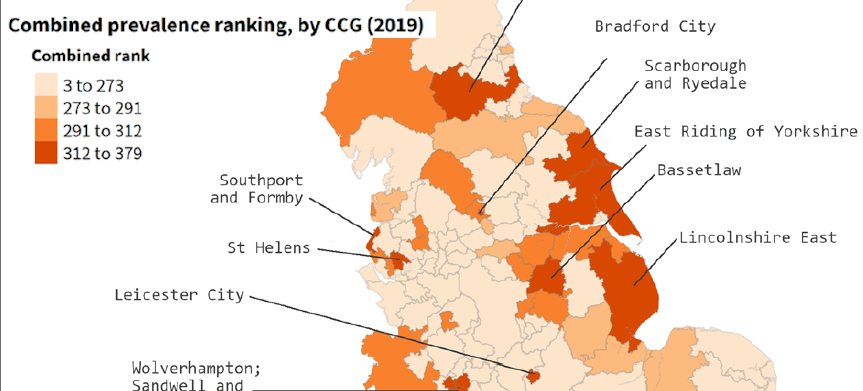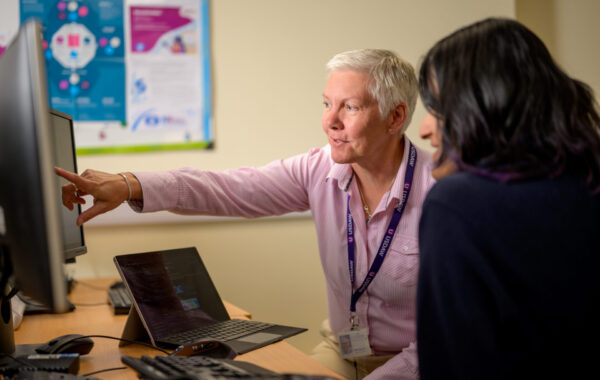We’re really excited to launch our research report into digital exclusion in population screening programmes in England.
You might be familiar with ‘antenatal and newborn screening’ if you or someone you know has been through pregnancy. Other screening programmes include bowel cancer screening, diabetic eye screening, cervical screening and breast screening.
We were asked by Public Health England to undertake an in depth assessment of changes to the way the service is likely to communicate in future. PHE have plans to move away from printed information leaflets and increasingly directing the public towards information online: web pages, downloadable PDFs, animations and videos.
Moving from one channel of communication to another is called ‘Channel Shift’ – we wanted to take a look at the impacts of Channel Shift across each programme from an equalities perspective. We also looked at how different groups of people with Protected Characteristics (like disability, age, race, sex, sexuality etc.) might experience interacting with this important health information online. What might they enjoy? What might prove a challenge? Were certain groups of people more affected than others by the changes?
- We imagined that some people might not have access to the internet or the ability, skills, confidence or motivation to read information online (this is called ‘digital exclusion’)
- We expected that older people, disabled people and those on low incomes might find it harder to access information online and therefore be affected more
- We thought that bigger potential impacts of moving information online would be associated with some programmes – because of the numbers of people they invite for screening each year and the demographics of the target group (e.g. older people)
Some of our expectations were true. The two screening programmes with the highest risks associated with the changes were the Bowel Cancer and Diabetic Eye screening programmes, because of the large numbers of people involved and the percentage of them estimated to be offline (the older age target groups played a big factor in this).
The report recommends a phased approach to reducing printed leaflet availability and suggests that Public Health England and NHS screening services should ensure that people still have a choice about how they receive information and can continue to access it in a range of formats based on their needs.
You can find full links our Equality Impact Assessment of channel shift from printed media to online information within NHS England’s population screening programmes including Appendices on our website. Our Summary Report (PDF, 750KB) outlines the key findings and recommendations from our research, while the Full Report (PDF, 5.5MB) has all of the detail on the research we undertook and provides a vast resource relevant for anyone working in the health sector who is interested in the equalities impacts of channel shift in health communications. Do dig in and let us know what you think.
On another health angle, if you’re interested in the potential impacts of COVID-19 and digital exclusion, you can also check out our “Age and digital exclusion risk map of GP surgeries in England”.





